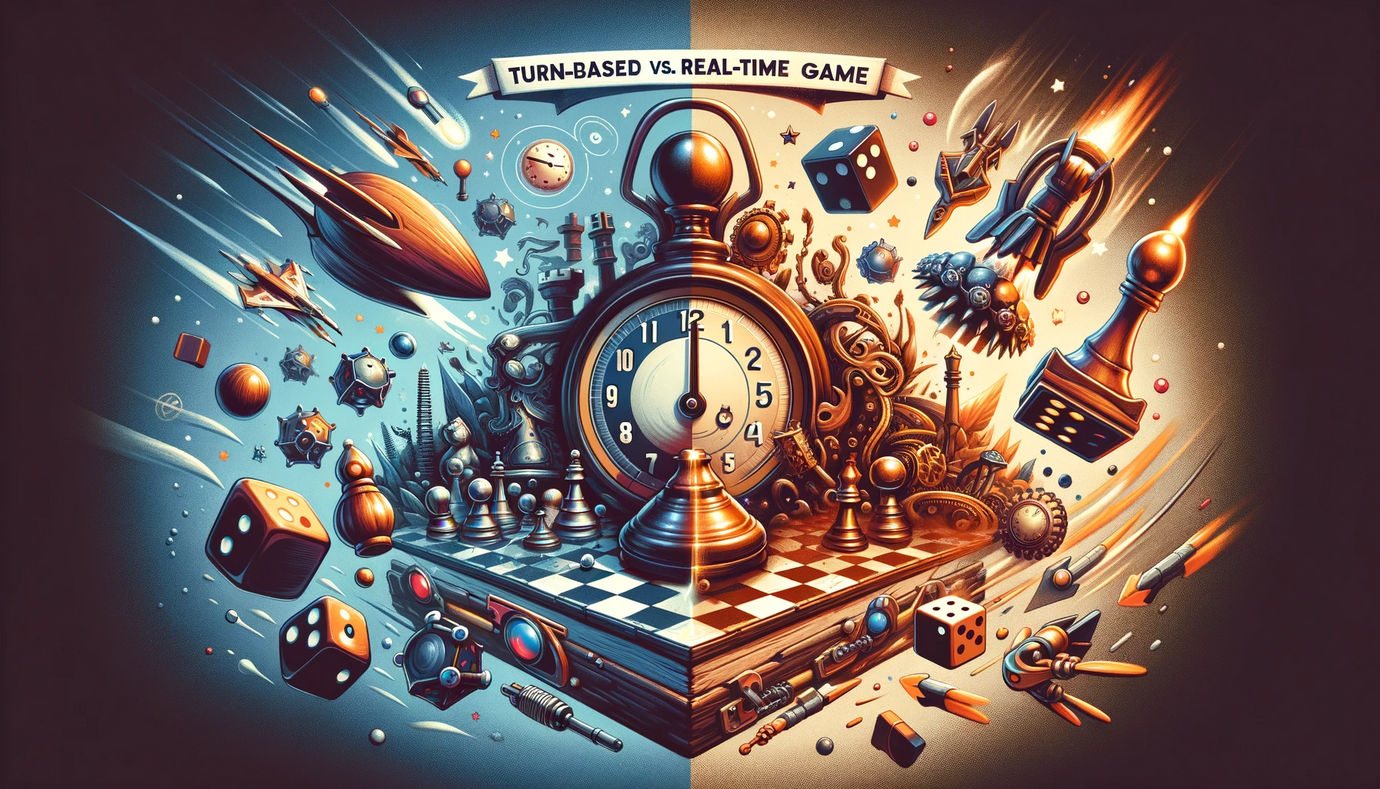Creating a Compelling Game Narrative and Storyline

Introduction
In the realm of board and card games, a compelling narrative and storyline can elevate the gaming experience, making it not just a competition of strategies but also a journey into a richly crafted world. This blog post delves into the art of creating an engaging game narrative, offering insights and strategies for integrating storytelling into your game design.
Understanding the Role of Narrative in Games
Narrative in games serves as the backdrop against which the action unfolds. It provides context, motivation, and a deeper connection to the game. Whether it’s an epic tale of adventure or a simple story of rivalry, a well-crafted narrative can captivate players and enhance their immersion.
1. Define the Narrative's Scope
Start with a Concept: Begin by defining the basic concept of your game's story. Is it a quest for ancient treasure, a battle between mythical creatures, or a journey through uncharted galaxies?
Align with Game Mechanics: Ensure that your narrative complements the game’s mechanics. The story should make sense with how the game is played and the actions players will take.
2. Building the World
Create a Setting: Develop a rich setting for your narrative. This could be a specific historical period, a fantasy world, or a futuristic universe.
Develop Backstories: Provide backstories for key elements, such as the game’s characters, factions, or locations. This adds depth and intrigue to your game world.
3. Developing Characters and Factions
Character Roles: Create characters that players can embody or interact with. Give each character unique traits and motivations that align with the game’s theme.
Factions and Relationships: If your game includes different factions or groups, define their relationships and roles within the game's world. Are they allies, enemies, or competitors?
4. Crafting the Plot
Structure the Narrative: Develop a beginning, middle, and end for your game’s story. Even in games where the narrative is not linear, having a structured plot helps in creating a cohesive experience.
Dynamic Story Elements: Incorporate elements that can change based on players’ actions. This can include multiple endings or plot twists that respond to game outcomes.
5. Integrating Story with Mechanics
Narrative-Driven Mechanics: Design game mechanics that reflect and enhance the narrative. For instance, in a detective game, mechanics might involve gathering clues and solving puzzles.
Thematic Consistency: Ensure that all aspects of the game, from the artwork to the rulebook, reflect and support the narrative theme.
6. The Role of Artwork and Visuals
Visual Storytelling: Use artwork to tell your story. Illustrations, card designs, and the game board can all serve as mediums to convey the narrative.
Consistent Art Style: Choose an art style that fits the tone and setting of your story. Consistent visuals help maintain immersion.
7. Writing and Language
Compelling Writing: The quality of your writing can greatly impact how players perceive your game’s narrative. Use descriptive, engaging language to draw players into the game world.
Rulebook as a Narrative Tool: Utilize the rulebook to introduce the game’s story. This can include a narrative introduction, character descriptions, and lore.
8. Playtesting Narrative Elements
Gathering Feedback: Test how players react to the narrative aspects of your game. Are they engaged with the story? Does it enhance their gaming experience?
Adjusting Based on Feedback: Be prepared to refine your narrative based on playtesting feedback. This might include simplifying complex storylines or enriching underdeveloped aspects.
9. Balancing Story and Gameplay
Avoid Overcomplicating: While a rich narrative is valuable, it should not overshadow or complicate gameplay. Balance is key.
Narrative Pacing: Pace your story to match the flow of the game. Ensure that narrative elements are revealed at appropriate times throughout the game.
10. Finalizing Your Narrative
Polishing the Story: Once you’ve refined your narrative through playtesting and feedback, finalize the story elements. Ensure everything from the plot to character descriptions is coherent and polished.
Integration with Final Game Design: Ensure that the final game design fully integrates and reflects your narrative. This includes the final artwork, card designs, and any narrative text in the game.
Creating a compelling narrative and storyline for your board or card game can transform a simple play experience into an immersive adventure. By intertwining narrative and mechanics, developing rich worlds and characters, and ensuring thematic consistency, you can craft a story that not only enhances gameplay but also captivates the imaginations of your players. Remember, a great narrative can turn a game into an unforgettable journey.








